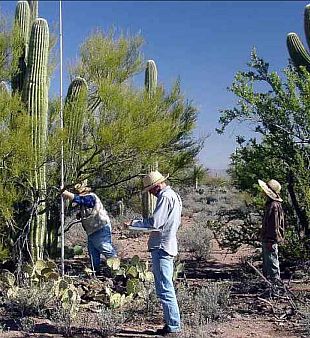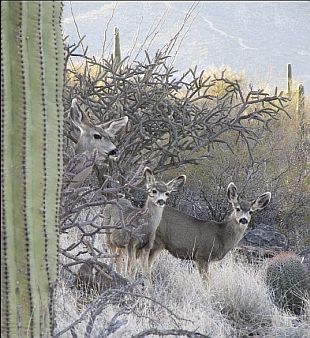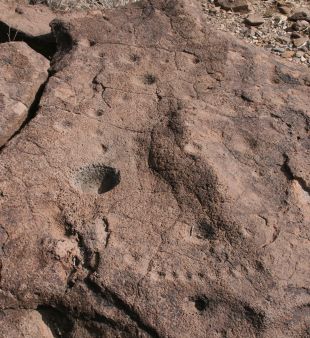CONSERVATION
At first, the acreage was badly overgrazed and domestic animals interfered with the basic research. To protect it, the entire laboratory grounds were surrounded in 1906 by a fence over five miles long. The cattle, horses, burros and goats were removed. The result was the invention of restoration ecology. Our scientists set out to study the recovery of nature.
The grazers are long gone but Tumamoc continues to face new challenges to its integrity, and continues to guard its restored landscapes.
Meanwhile, Tumamoc is exploring a new form of conservation, reconciliation ecology, which promises to bring back many species into urban areas as well as to protect their numbers around the world.
Don't wait up for us. We'll be here a while longer!
 TUMAMOC RESEARCH
TUMAMOC RESEARCH

